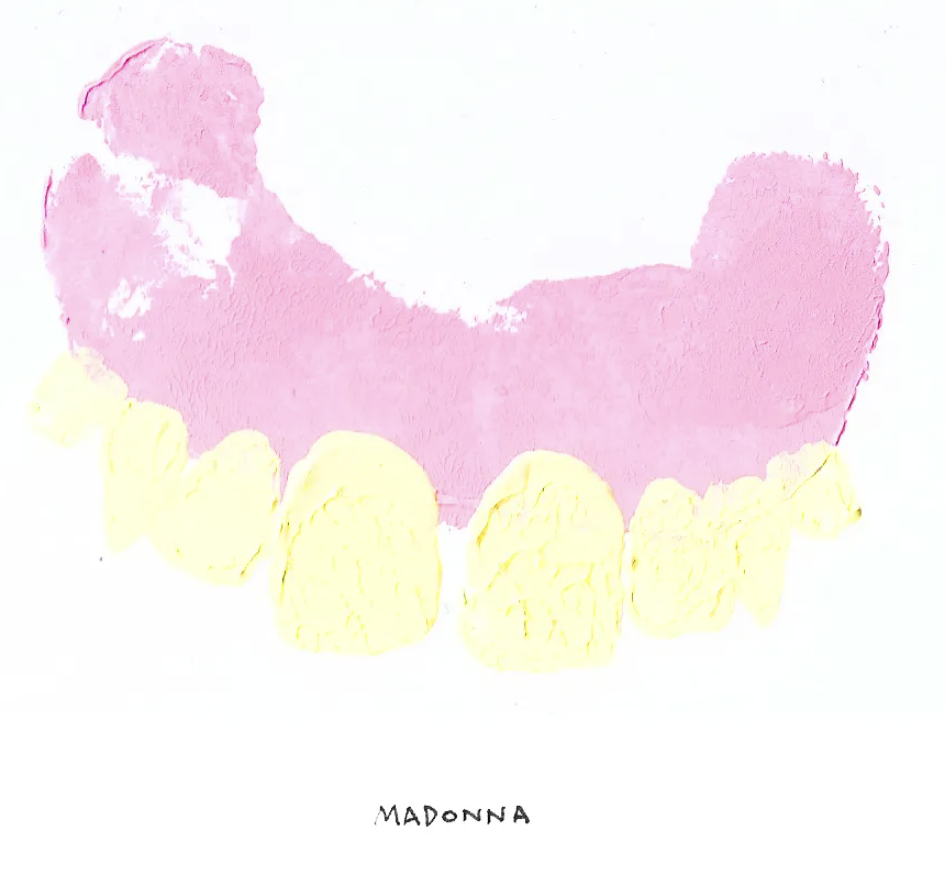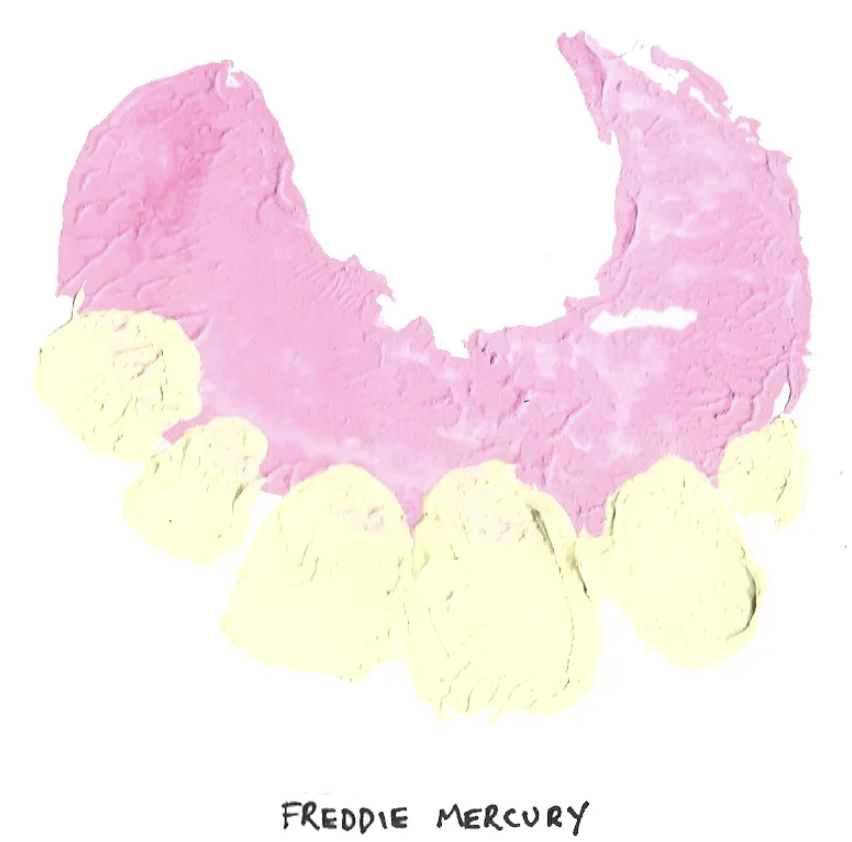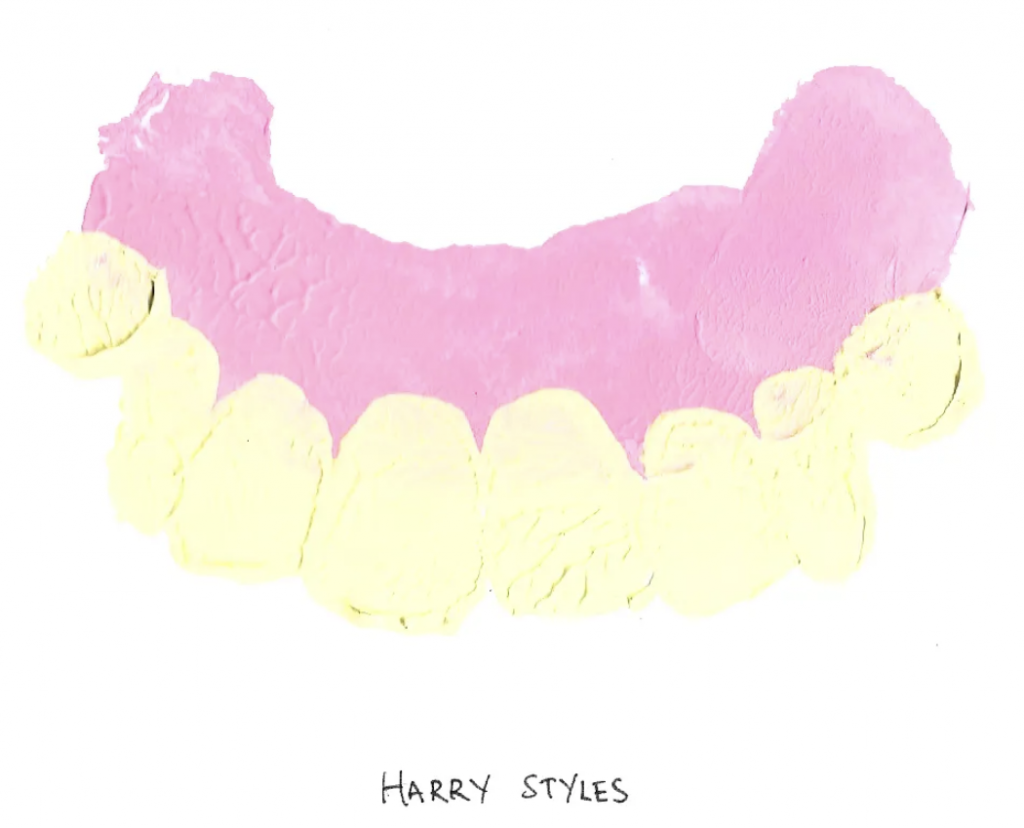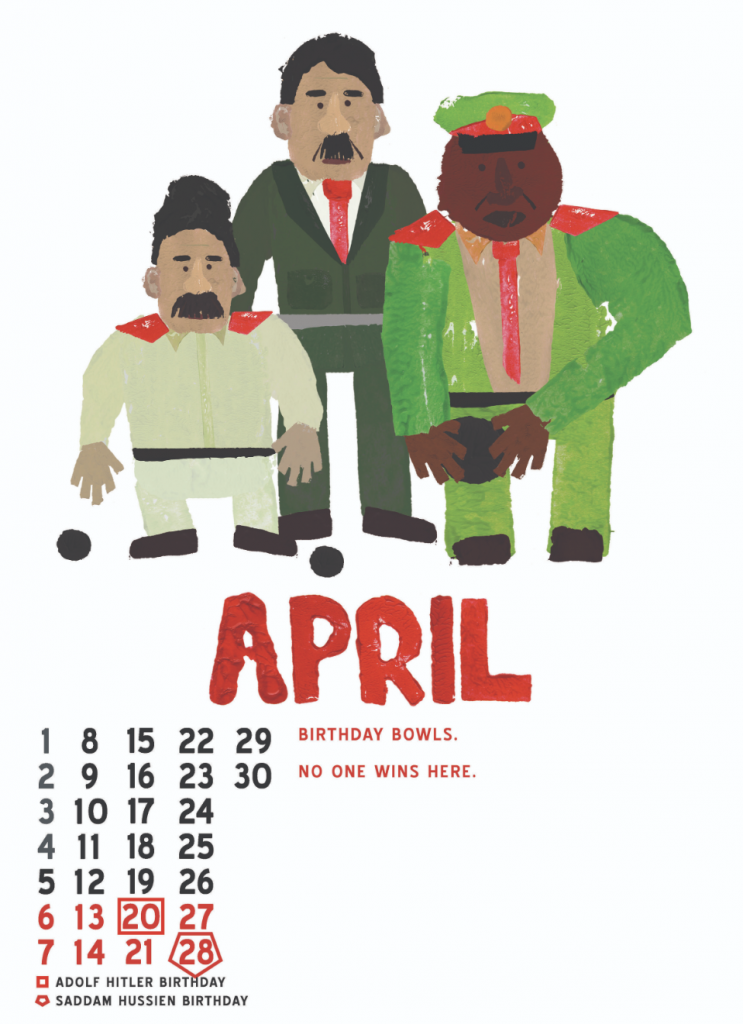Hi Elaine,
I enjoyed reading your Task 4 post on Potato Stamping. I appreciate your opening statement that you prefer typing over manual printing. Having the ability to edit quickly and easily is one of the best functions. I also like formatting as I type, correcting sentence structure, paragraphing, etc. as I work. My penmanship is also, on a good day, not very legible. Having the ability to choose a size and font that fits a given design aesthetic is also beneficial. Being able to change it at any time is also gratifying. My first job out of high school was with a small publishing company that designed a free local monthly publication. I began typesetting and paste-up with articles and advertising. In my classrooms, I’ve continued using this aesthetic when I’m decorating my classroom or hallway displays, as well as any digital lessons I teach on the interactive whiteboard.
In your post you demonstrated your experience with potato stamping through an art lesson with young children. I also provided a similar example in my post using sponges for stamping letters.
Similar to you, I veered away somewhat from following marker tracing due to marker being too faint. The mirroring of the letters was the trickiest and something I hadn’t considered prior to choosing letters. I would agree with your statement that, “if it took me 30 minutes to carve 5 letters, it would take approximately 156 minutes (2.6 hours) just to cut 26 letters of the alphabet.”
I found an online article that talks about the history of printed textiles and how printed fabrics were first produced in Western Europe using common items such as potatoes, turnips, and beetroot. Appearing in the 12th century, these printed textiles were called naboyka. This process “gave way to more durable wooden stamps cut with higher attention to detail” (culture.pl, 2018).
There’s a website called Potato Printer which is dedicated to potato stamping art with a satirical theme. James O’Brien, self-proclaimed “Chief Potato Officer” is an illustrator and writer in London who has been designing potato art as a business. O’Brien started a calendar called “Dictatoes” which features potato stamping art he’s created as images of dictators. He wanted to create art that would poke fun at the fragile egos of dictators, and had O’Brien considering the “consequences an artist might suffer if they presented a potato printed portrait to a dictator.” O’Brien also creates potato prints of celebrity dentures from a satirical perspective.



Examples of celebrity dentures (Potato Printer Limited)

It’s fascinating to think that the simple centuries-old art of potato stamping is still used today, and can be showcased through digital media.
References:
Bourton, L. (April 15, 2000). Meet the artist spending his quarantine making potato prints of celebrity dentures. It’s Nice That. Retrieved from: https://www.itsnicethat.com/articles/james-obrien-potato-prints-dentures-art-150420
Culture.pl. (August 1, 2018). From potatoes to a factory in Lodz: A Polish history of fabric printing techiques. Culture.pl. Retrieved from: https://culture.pl/en/article/from-potato-stamps-to-a-factory-in-lodz-polands-fabric-printing-techniques
O’Brien, J. (2022). Potato Printer Limited. Retrieved from: https://potatoprinter.com/projects